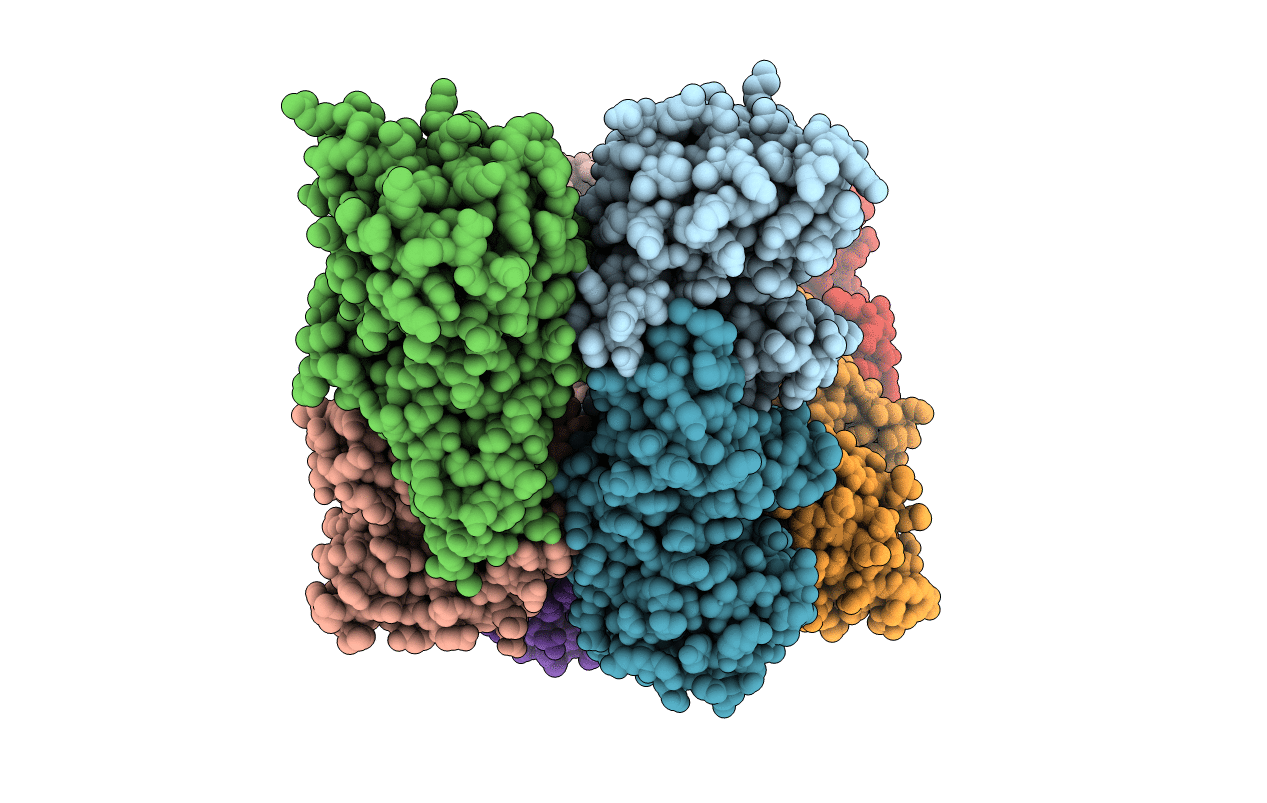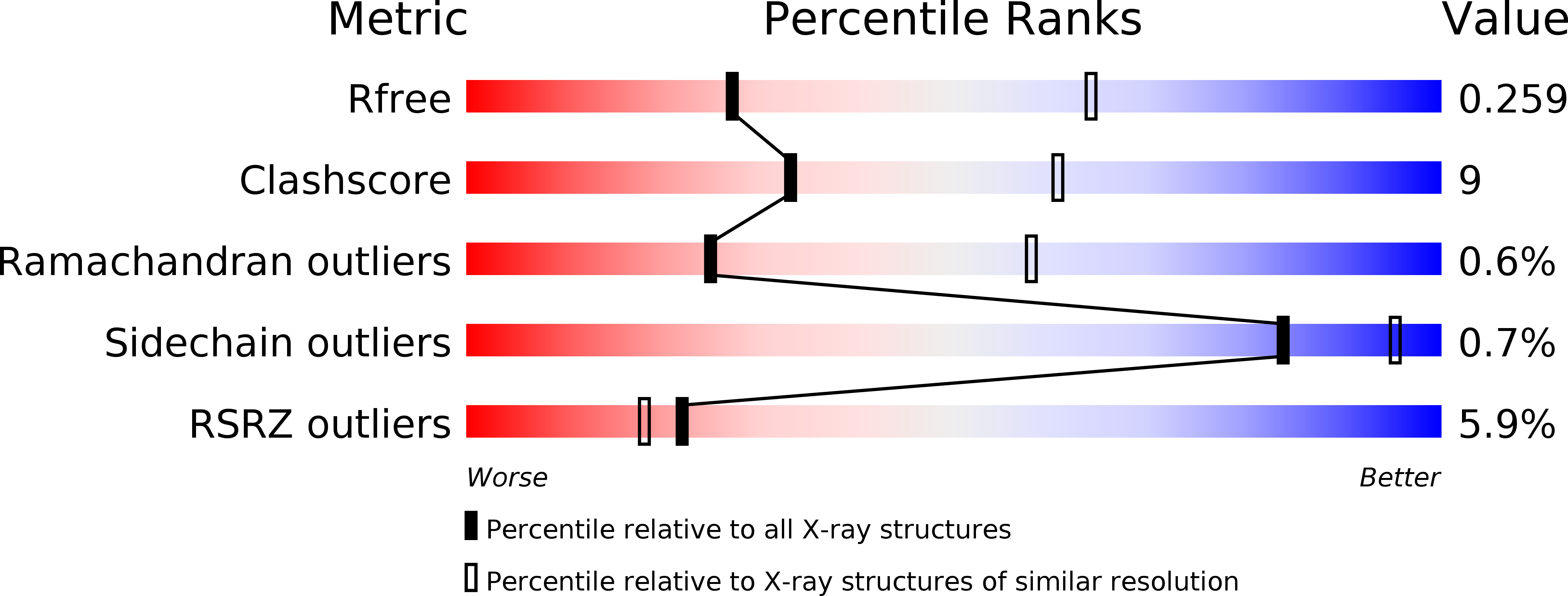
Deposition Date
2015-08-09
Release Date
2016-07-20
Last Version Date
2024-11-13
Entry Detail
PDB ID:
5D4T
Keywords:
Title:
SeMet-labelled HcgC from Methanocaldococcus jannaschii in space group P212121
Biological Source:
Source Organism:
Methanocaldococcus jannaschii (Taxon ID: 2190)
Host Organism:
Method Details:
Experimental Method:
Resolution:
2.90 Å
R-Value Free:
0.25
R-Value Work:
0.22
R-Value Observed:
0.22
Space Group:
P 21 21 21


